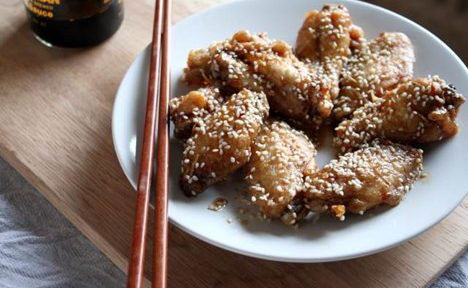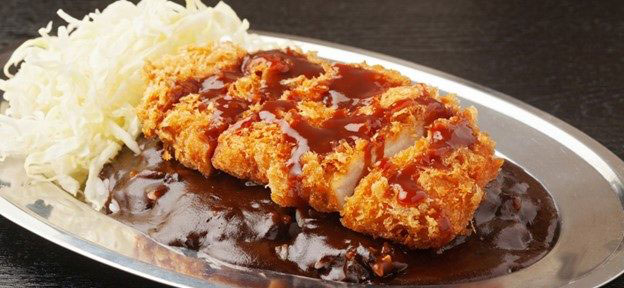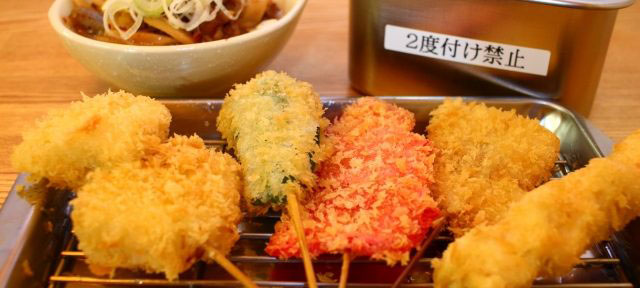Tag: comfortfood

B-kyu Gurume: Tebasaki Karaage from Nagoya
Read more: B-kyu Gurume: Tebasaki Karaage from NagoyaNagoya is famous for many types of street foods, including hitsumabushi (grilled eel on rice)…
B-kyu Gurume: Sobameshi from Hyogo
Read more: B-kyu Gurume: Sobameshi from HyogoImage link: https://www.chopstickchronicles.com/wp-content/uploads/2017/03/Sobameshi-11.jpg When you think of street food in Japan, you probably think of…

B-kyu Gurume: Kanazawa Curry from Kanazawa, Ishikawa
Read more: B-kyu Gurume: Kanazawa Curry from Kanazawa, IshikawaCurry in Japan vs Kanazawa Curry Curry in Japan is widely considered as…

B-kyu Gurume: Kushikatsu from Shinsekai, Osaka
Read more: B-kyu Gurume: Kushikatsu from Shinsekai, Osaka(source: Just One Cookbook) Have you ever tried Kushikatsu? Kushikatsu, also known as Kushiage, is…

B-kyu Gurume: Okinawa Soba from Okinawa, Japan
Read more: B-kyu Gurume: Okinawa Soba from Okinawa, JapanWelcome to our last summer B-Kyu Gurume blog post of the year, Zo fans! Today,…

Foreign Foods in Japan –
Piroshiki!Read more: Foreign Foods in Japan –So many of our Foreign Foods in Japan have come from Europe, the US and…
Piroshiki!



